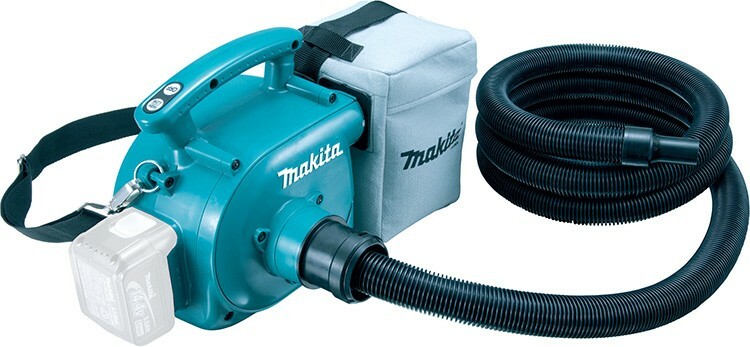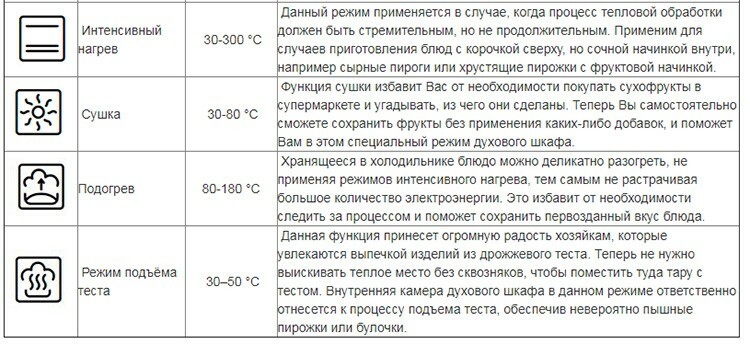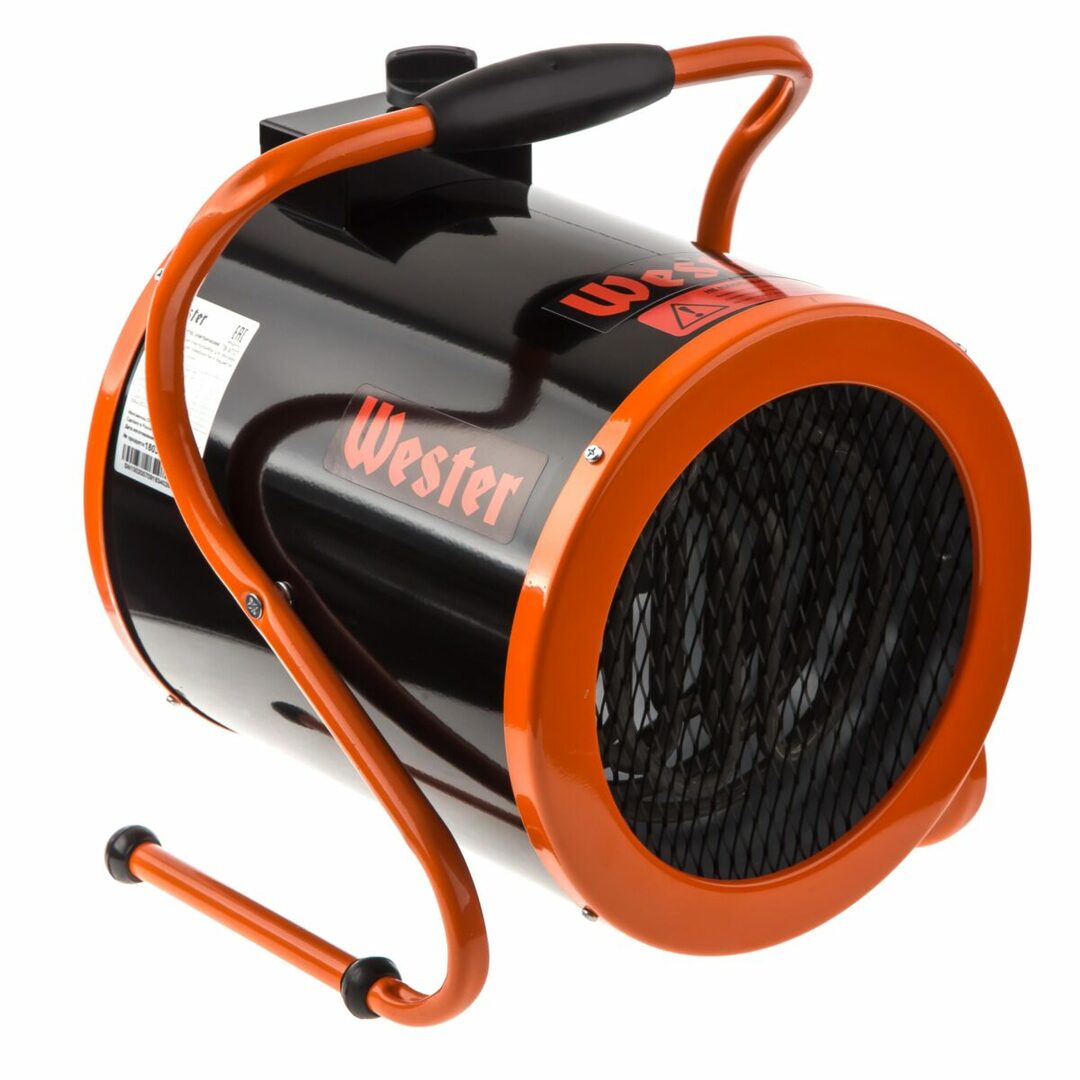In a well-thought-out interior of each item has a value. Harmonious appearance is created using a variety of different elements, including a plaster decoration. Of plaster or simulate it made plinths for ceilings, rosettes, frames of mirrors, portals, fireplaces, moldings, pediments, pilasters, consoles, fountains, attic. This design is suitable for the finishing of many luxurious, stylish, expensive interiors of apartments, private houses, concert halls, office buildings.
Content
- About the cast: advantages, disadvantages
- Gypsum decorations in different styles
-
Methods of Use gypsum decor
- volumetric panels
- plaster baseboards
- Volumetric framed mirror
- Making fire
- decoration cornices
- Ornamental columns, capitals
- console
- Moldings for an elegant, three-dimensional wall
- pilasters
- pedestals
- Stucco for framing rosettes
- Plaster lamps, illuminated
- Making arches
- Plaster gables in the interior
- Features of surface preparation, installation of gypsum elements
- conclusion
About the cast: advantages, disadvantages
Gypsum - refers to sedimentary minerals, common almost everywhere. This is one of the oldest, most popular building materials. It is a grayish white powdery composition obtained by calcining natural gypsum rock. Until a few centuries ago they decorated a palaces, houses of wealthy citizens, but today this material is accessible to everyone. It has its pros and cons.
Benefits:
- the ability for rapid solidification;
- low production costs;
- finished material is easy to cut;
- environmental friendliness;
- maintainability decor;
- high insulating properties;
- resistance to combustion;
- This "breathing" parogazopronitsaemoe coating;
- material is warm to the touch;
- possibility of manufacturing articles of almost any configuration;
- easy to staining.






Disadvantages:
- lack of strength, fragility prefabricated;
- weak frost;
- low water resistance - to store the dry mixture and operate a plaster stucco is allowed only in dry rooms.
Plaster finish disguises imperfections ceilings, walls, hides some irregularities window slopes, decorates the facade - a business card of any home.
Less absorbing material to water repellent added thereto, plasticizing substances, and to improve the strength, thermal conductivity, porosity reducing it compacted.
Gypsum decorations in different styles
The decor of plaster used in many interior styles:
- classical;
- antique;
- Art Deco;
- Art Nouveau;
- loft;
- industrial;
- art believe:
- baroque;
- rococo;
- Gothic;
- Art Nouveau;
- Empire;
- Oriental;
- Italian;
- Greek;
- Renaissance;
- modern;
- French;
- English.






Stucco elements used in different ways: the original panel in the Art Nouveau style decorate living space, bedroom, classicism - arches, portals, wide eaves. 3D-panels are suitable for the modern style, heavy gilt cornices, columns will be decorated for the Baroque, Empire, mythological subjects are part of rococo decoration. Strict details in the form of tiles, bricks, simple geometric shapes, add an interior loft, high-tech.
As usual, a small apartment, it is not recommended to use an excessive amount of bulky moldings - it is even more narrow the cramped space.
Methods of Use gypsum decor
Gypsum is well compatible with the vast majority of building and finishing materials. Original articles thereof perfectly decorate any space. It is important not to overload the interior - openwork moldings having a plurality of elements, combined with monophonic wallpaper, decorative plasters, simple geometric shape - with more intricate patterns. With such a design is easy to hide minor flaws walls, ceilings, underline advantages, adjust the shape of the room, to make zoning. Molded parts are painted in various colors, decorated with hand-painted art, decorated with "wood", "golden", "bronze", "under a rock" and other expensive materials.
Of gypsum produced:
- ceiling decor - socket, angled parts, cornices;
- of wall decoration - brackets, plinths, reliefs, cartouches, panels;
- facades (gypsum is used with special additives or coatings);
- decor furniture - some overhead elements;
- clearance lamps, mirrors, paintings;
- sculptures, columns, pedestals in the middle of rooms, halls;
- shaped balusters balcony railings;
- niches, arches, sculptures;
- grid or grids for ventilation openings;
- blocks, ceiling tiles and others.






All kinds of decorative moldings simultaneously apply undesirable, even in posh, expensive interiors rococo or empire. Only two or three parts - textured panels and huge cornices in combination with ceiling plate, a few semi-columns with plaster framing mirrors, sumptuous stucco fireplace in front of the same arch, the individual elements in the corners ceilings, walls.
volumetric panels
Volumetric paintings adorn the rooms of apartments in the city, country mansions, halls industrial buildings, exhibition halls. This material is very practical and beautifully made up with his own hands the composition is able to completely transform any room. Subjects should correspond to the appointment, the interior of the room. Kitchen preferred still life in the bedroom - serene landscapes, for the living room - portraits, flowers, abstraction, in the nursery - a fabulous and cartoon characters.
See also:Decoupage for beginners with their own hands
How it's done:
- wall leveled, puttied, pencil drawing is applied;
- Apply the plaster mixture, giving the conceived shape, elaborate relief;
- when the structure is dry, it is ground with sandpaper;
- applied on top of the finish coat, acrylic panels painted white, and individual parts stand other Kohler.






The finished panel was isolated expressive baguette-frame, "animate" using well-chosen illumination.
plaster baseboards
Ceiling, floor skirtings gypsum conceal the joints between the walls and the ceiling, wall and floor, visually aligning slightly curved surfaces. This finish is often used in classical style. Variations in moisture content, temperature does not lead to structural failure, and foreign objects, skirting easily restored by mechanical injuries. This object is manufactured in various lengths, widths, is relatively inexpensive, it can be glued to the walls of the bricks coated with the cement, and others. It is commercially available plain or stucco options.






It is desirable that the plinth blended with the color of one of the horizontal surfaces - so the room will look more spacious.
Volumetric framed mirror
Large or small mirror in a frame of plaster can become a highlight of any interior. Molding of such a material is easily created with his own.
Operating procedure:
- Gypsum profiles with corner elements are cut into pieces of desired size;
- wall in the place where decided to mount the mirror in a frame, cleaned of wallpaper, primed;
- mirror cloth is attached to the wall of silicone mastic applied every four to five centimeters;
- so that the construction is not slid on the wall under the lower edge of mirror nailed lath-stopper;
- Plaster profiles are glued special putty, the excess removed trowel;
- so that all edges are smooth, clean, wipe them with a sponge dampened in water;
- After drying the product of his stained white prorisovyvaya some of the other colors.






Making fire
High-quality finish of the fireplace, its simulation in a city apartment, private house, create a feeling of warmth, comfort. Fire-resistant properties of gypsum can be translated to this outbreak, as well as for electrical options - talk, he also does not hold. The process of producing self fireplace consists of carcass manufacture and mounting it gypsum stucco. Many people prefer to buy ready-made portals, supplementing them with friezes, moldings, pilasters, pediments.






Stucco plaster fireplace does not weigh too much - to strengthen the floor slab under it is not necessary.
decoration cornices
Plaster ceiling cornice - shaped articles of various sections surround ornamentation or not. The design is attached to the screws, fixing the place smeared with plaster. This design looks luxurious and noble. Eaves ceiling original mask minor defects top walls are decorated with gold, bronzing retained or white, depending on the rest of the furniture. For interiors, loft, minimalism, hi-tech suit as smooth as possible options without decoration.

The spacious room, the ceiling above her, the more extensive, massive, solid structures are used.
Ornamental columns, capitals
Capital - the tip of the column element connecting the base of the carrier part and an upper plate-abaca. Capital performs supporting, decorative functions.
There are three types:
- bell with stucco leaves and branches;
- with two curls, volutes;
- rounded, without unnecessary decoration.






Columns, pilasters decorate the interior spaces, facades, creating a real palace interior. They performed a rigorous, laconic form or more elegant, thin, light, may have vertical grooves.
With columns made zoning large spaces, studio apartments, adjusted shape of the room.
console
The name "console" denotes a support bracket is firmly fixed on the one hand, the other free. This construction props cornices, ceiling joists, balconies, decorated with swirls antihelix, masks, fleur, plant elements. The console can be easily mounted on any surface, is used as part of a single ensemble of different elements of stucco, painted in a variety of "noble" color scheme looks very of status.
See also:Stained glass in the interior: the types and examples 75 photos






If the console is created as a support for other parts, a metal core mounted therein.
Moldings for an elegant, three-dimensional wall
Molding - volume, embossed detail to 2-2.5 meters. With it, the joints are masked by the ceiling to the wall, the floor against the wall, as well as design mirrors, paintings, arches, doorways, fireplaces, frames and others. They are available in two types: smooth traction of the plaster with a smooth profile of different sections and with relief patterns - vegetable, fleur, fancy. For light rooms preferred moldings dark colors, in rooms with a low ceiling unacceptable excessively wide.






Room with lots of stucco should not overload the furniture, especially the carved bulk.
pilasters
Pilasters, columns are called flat-pillars, the quality of their simulation on the wall in the arch. They are used as an extension of the wall, as a zoning element in the middle, as well as to frame the doors and windows. This design is perfect for the creation of Gothic, Romanesque interior, used both indoors and outdoors. Unlike columns pilasters do not require a lot of space, allowing them to be mounted even in a relatively small apartments, houses, offices.

pedestals
Pedestal - beautifully decorated pedestal, on which is installed the sculpture, obelisk, a vase, a pot with a living plant. The shape of it circular or square cross-section, this column squattish withstanding a load of 50-60 kg. Original look gypsum podstolya - support for the table. If the countertop to make removable, then podstole can be used as a stand under the various items of antique decor. The design can be used in rooms, verandas, local area, as tables, support for the bench.
Stucco for framing rosettes
Decorating the ceiling rosettes usually performed around the central chandelier. Sockets concealed mounting location chandeliers, they run round, square, asymmetric configuration decorated geometric, vegetable, fleur patterns. With a properly sized element, you can not only safely hide all the wires, but also give the room an aristocratic appearance, creating an interesting accent. Clip design possible in any ceiling, but for tension, suspension, drywall installation, you must first mortgages bars.
Plaster lamps, illuminated
The original lamps from the gypsum used as a ceiling light or local illumination of different areas, the design is sometimes part of the wall, substantially merging with it. They covered small rooms, paintings or wall panels, accent interior elements.
Gypsum lighting are:
- point - are used as local illumination of the different zones, typically are mounted by cutting into plasterboard, stylish look carefully;
- ceiling - ideal for low premises, being an unusual alternative to the huge glass chandeliers;
- Wall - are attached to the wall, being the main or additional lighting may be used instead of a lamp, wall lamp, illumination mirrors and others.

This original lighting is used in many interior styles: simple geometric shapes in minimalism, asymmetrical approach for futurism, textured, intricate - the Baroque. Lamps of different configurations are decorated with structural plasters, paints painted by hand, are made decoupage, leaving a clean and white. Often installed in the premises of the entire lighting system of gypsum - along the floor, the ceiling, on the perimeter of the arches, zigzag, curve shape.
lights of different shapes suitable for the different rooms: bedroom - in the form of flowers, plants, children's room - depicting bears, dolls, rabbits, cars and so on.
Making arches
Arch - connecting, usually arcuate part between the vertical supports, draws textured patterns, painted. This structure are made deaf, through openings and galleries, doors, balconies and window arches, garden, park ensembles, gates and fences. With the help of easy to arches combine with other rooms in one - kitchen with living room, bedroom with balcony, room with balcony insulation.
The shape of the opening they made:
- rounded - the classic;
- curly - with a pointed top;
- Gothic - arrow-shaped.
See also:Macrame in a modern interior






Gypsum construction is reinforced with metal, decorated with three-dimensional parts, painted white, decorated with gilding, bronzing.
If there are several in the same room arches, they are recommended to arrange in the same style.
Plaster gables in the interior
Pediment - a front part of the wall, the largest of all possible parts of gypsum. This element decorate windows, doors, wall panels. In form they are carried out, rectangular, square, trapezoidal, triangular, semicircular, step, with the side moldings. Gables outside the building on top of the roof are limited, not only play a decorative role, but also protect the premises from cold, wind, rely on them rafters of the roof. Molded patterns of this design are mythological subjects, floral designs, geometric designs or heraldic. The product is combined with other finishing materials.






Features of surface preparation, installation of gypsum elements
Unique products vyleplivayutsya manually simpler cast in homemade or purchased form. For proper, high-quality design rooms with stucco details, designs, require a number of special tools, as well as compliance with certain rules:
- sticking plaster decorations make repairs first, since the huge amount of dust is formed with him, able to settle on all surfaces;
- Prior to installation all work planes carefully aligned, shpaklyuyut;
- construction of plaster perfectly mounted on the plaster, concrete wall, much worse - on wood, so they are also pre-plastered;
- walls, plasterboard ceilings should first strengthen, it is especially important when installing large decorative elements;
- small parts fastened with a mixture of PVAc, gypsum and water, heavier - with galvanized screws;
- elements of less than 40-60 centimeters easily installed alone for large dimensions requires two persons.

What will it take for the work:
- box for sawing;
- building level;
- simple pencil for marking;
- I saw with fine teeth;
- fine sandpaper;
- punch or drill with drill bits;
- roulette;
- brushes of different size;
- spatulas;
- PVA glue;
- plastic bucket.

Description of the installation process:
- initially required to inspect the work surface, in the presence of curvature - align, by applying a primer, followed by drying it. The flatter is the wall or ceiling, the beautiful decoration to lie;
- further applied markings - without possible distortions, the individual parts may not fit or be less than necessary;
- after the need to prepare an element - with a hacksaw incisions made on the back side of molded parts. All superfluous tabs need to be cut;
- surface is coated with an adhesive composition, slightly dried;
- gypsum in the bucket diluted with glue PVA, at a ratio of 3: 2 or fugenfyuller - solution should leave an average thickness;
- the rear of the Bonded element is smeared with a mixture of cooked, lightly rubbed for a better grip, pressed against the surface for five to seven minutes;
- large parts having substantial mass, is fixed by dowels, screws, tapping screws, pre-drilled holes at a distance of 18-25 centimeters apart. Attachment points gently obscure the plaster mixture zashlifovyvayut;
- excess solution was removed carefully with a spatula, knife;
- a day later stucco stained white or any other color.

When using a self-made, but that made the decor, to handle it should be possible accurately - "fresh" product is characterized by increased fragility.
conclusion
Decorate the interior of the building facade using plaster decorations can be their own hands, or choose from a catalog company, engaged in selling similar products. Most of these elements is completely versatile - easy to install on all types of walls, ceilings, facades of buildings. Self-assembly of stucco, in the presence of a certain skill, artistic taste, and in the cellar labor, otherwise get help from professional finishers able to paste the items you want in the best a. Before you buy these or other decorative details, it is desirable to make the project, decide on the interior styling, calculate the required amount of material.



